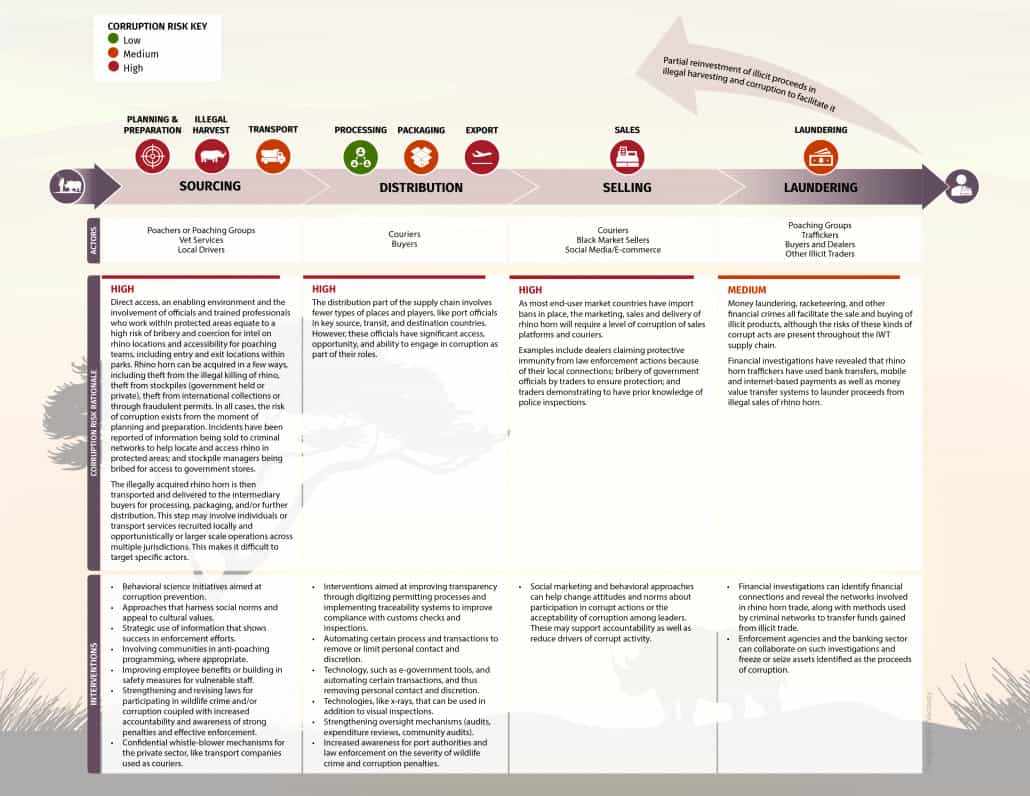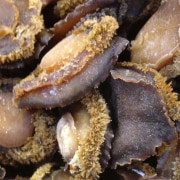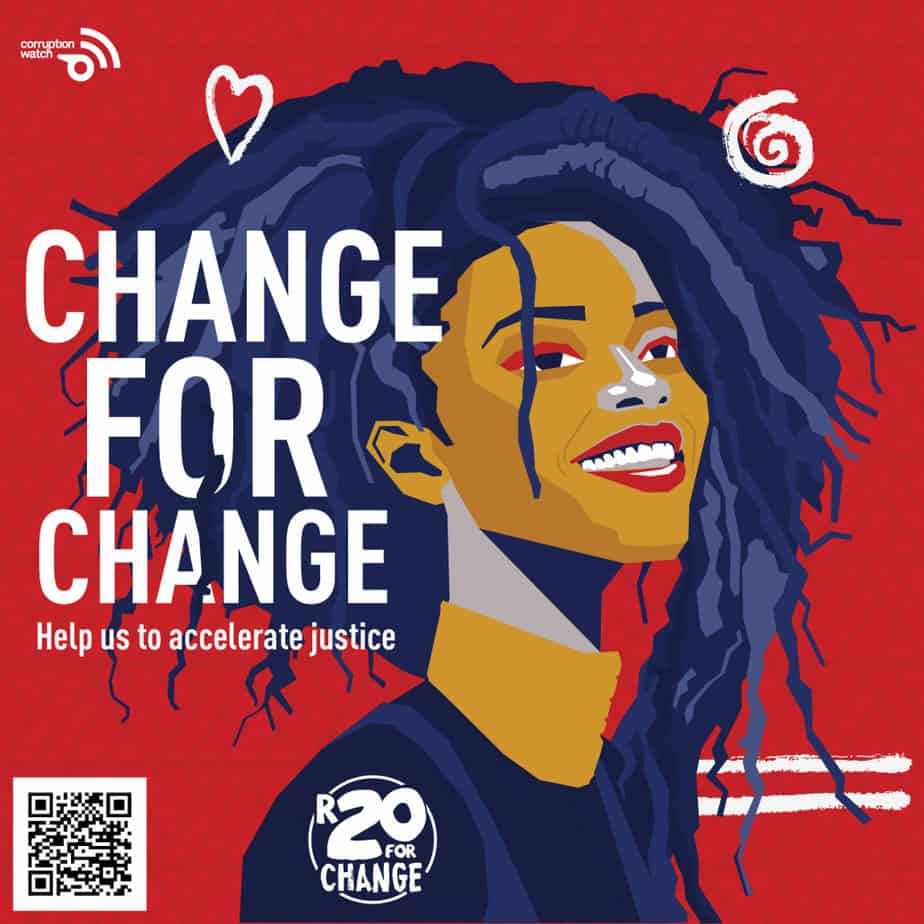|
Getting your Trinity Audio player ready...
|
Nicola Okes and Gabriel Sipos, TRAFFIC
First published on TNRC (Tackling Natural Resource Corruption)
The rhino horn trade represents one of the four largest illegal wildlife trade flows (UNODC 2020) by value. Although the drivers and uses of rhino horn differ across user groups and market destinations (e.g., medicinal use or status-conferring prestige products), the overall high demand and the high value that consumers place on rhino horn make it one of the most sought-after illegal wildlife commodities.
Corruption is a key facilitator of the illegal wildlife trade and is broadly associated with transnational organised crime (Transparency International 2022; Milliken and Shaw 2012) . These criminal networks are well informed and adaptable, capable of exploiting weaknesses in controls and law enforcement capacity and using corrupt means along the wildlife value chain to do so (Moneron et al. 2017). Corruption can occur from the point of access to protected areas and locating target animals, through transport and export, to sale to final consumers (Milliken and Shaw 2012). An environment of widespread corruption, combined with low detection rates, poor conviction successes, and the high market value of rhino horn fosters the notion that rhino poaching has a low risk of detection and penalty, but a high reward (TRAFFIC 2020).
Visualizing how corruption manifests along the supply chain can help conservation practitioners and wildlife management agencies better understand both the specific risks and the potential responses to combat illegal rhino horn and other illicit wildlife trades. This infographic and accompanying text maps the areas along the rhino horn supply chain that are most vulnerable to corruption and identifies feasible entry points for different anti-corruption approaches.
At the same time, understanding the specific drivers behind specific corrupt incidences is vital to inform anti-corruption responses. Any planned response must be informed by careful assessment of the specific corrupt practices involved, as well as the facilitating and driving factors behind the behaviours, the power and resources of change agents and their opponents, and the risks involved. The “right” anti-corruption response is the one that is most suited to the specific actors, opportunities, and constraints of a given situation.

1. Sourcing
This stage includes planning, preparation, and acquisition of the rhino horn as well as local transport of illegally acquired rhino horn and delivery to intermediary buyers for processing, packaging, and/or further distribution.
Actors and corruption risks
Rhino horn can be acquired in a few ways: from illegally killing rhinos, theft from government-held or private stockpiles (WJC 2022), or through fraudulent permits for “pseudo-hunting” (Milliken and Shaw 2012). The risk of corruption exists across these acquisition methods.
For example, stockpile managers can be bribed for access to government stores of previously seized horns. Living rhinos are often distributed across geographically large protected areas, national parks, and private game reserves. This incentivises poachers to pursue the involvement of officials who work within protected areas. Corrupt acts could include bribery and coercion for intelligence on rhinos’ locations or to provide entry and exit access for poaching teams (Moneron et al. 2019).
Members of criminal networks often seek to create a network of knowledge sharing within communities, protected areas, and/or organizations in areas where rhinos are present. They may recruit people opportunistically or based on known skills or connections (pers comm). Communities living around, and companies working within, protected areas with rhinos are at high risk of being approached by members of criminal syndicates already embedded in these areas. They may offer payment or to meet specific needs, or they may coerce people into providing information or cooperating.
The transportation stage may involve individuals or transport services recruited locally and opportunistically or larger-scale operations across multiple jurisdictions. This makes it difficult to target specific actors. Corruption risks at this stage include examples like using state vehicles to transport rhino horn.
Potential anti-corruption responses
Behavioural science initiatives are often well-suited at the source stage of the supply chain. Harnessing social norms, appealing to cultural values, and making strategic use of information, for example raising awareness of convictions, have all shown success in enforcement efforts (Baez Camargo and Burgess 2022).
Improving employee benefits or building safety measures for vulnerable staff can help strengthen trust and build collective values in agencies working within protected areas (Baez Camargo and Burgess 2022). Developing a protocol for staff on how to handle threats from organised criminal groups, for example, could assist in building a trusting environment for staff to seek help when needed (UNODC 2020).
Providing opportunities for advice, whistle-blower protection, and support for instances where people are being threatened or coerced might be more appropriate than zero-tolerance policies in some cases (Moreto, Belecky, and Parry-Jones 2021). However, zero tolerance and condition of employment approaches may be appropriate for agencies with endemic corruption and for individuals who actively use their position to instigate corruption and criminal activity (UNODC 2020).
Confidential whistle-blower mechanisms and related whistle-blower protections can be important tools for reducing corruption. Where government and “official” whistle-blowing options may be lacking, civil society organisations can host mechanisms like hotlines for reporting environmental crimes, though the risks must be carefully assessed. In Madagascar, such a hotline has led to at least one arrest. After a whistle-blower’s report about the trafficking of an endangered tortoise, the civil society group worked with the Madagascar police to investigate. Critically, the whistle-blower remained anonymous (Krohn and Kostyack 2021).
Strengthening law enforcement, coupled with increased accountability and awareness of strong penalties, may reduce incentives to engage in corrupt activities (TNRC 2022b). Officials not normally associated with the wildlife sector may need special training, process development, or capacity development. For example, traffic officers in zones farther away from parks may not know what to look for or what evidence to gather. Such grey areas can themselves create the risk of corruption.
Finally, publicising and actively raising awareness of the potential for corruption in rhino poaching cases can help ensure charges of corruption result in appropriate enforcement. Publicised prosecutions and penalties, where appropriate, can also act as a deterrent and aid in changing the perception that rhino poaching is low risk and high reward. Involving communities in anti-poaching programs may be helpful, but should be considered carefully (Wilkie, Painter, and Jacob 2016).
2. Distribution
This stage relates to the process of processing (occasionally), packaging, and exporting rhino horn to buyers in other countries.
Actors and corruption risks
Along both sides of the import/export process, officials responsible for checks and inspections have frequent access, opportunity, and ability to engage in corruption. Port and customs officials, as well as private sector individuals like airline crew, can actively engage in or be coerced into participating in corruption to facilitate the movement of horn and/or other illicit products across the border. For example, in 2017, a quarantine checkpoint official at an airport in Thailand was bribed on several occasions to pick up luggage and carry it out of the airport to bypass customs checks. In the case where he and his accomplices were arrested, he was collecting luggage containing 14 rhino horns smuggled from South Africa to pass on to a Vietnamese courier.
Potential anti-corruption responses
The TNRC Anti-Corruption “Toolbox” includes a number of potential measures that would be appropriate at this stage of the supply chain.
Transparency, through digitising permitting processes and implementing traceability systems, can improve compliance with customs checks and inspections. Similarly, using technology to streamline administrative processes, strengthen employee oversight, and remove ambiguity or discretion can be effective in reducing corruption (ROUTES 2022). Strengthening oversight mechanisms, like audits and expenditure reviews, can help uncover where resources have been used differently than planned, a red flag for corruption.
3. Selling
This stage relates to the transaction where the final consumer purchases and receives the illegal rhino horn.
Actors and corruption risks
Because the rhino horn trade is universally illegal, and because end-user market countries have domestic trade bans in place, the marketing, sales, and delivery of rhino horn requires corruption on the part of dealers and couriers. Dealers may have relationships with law enforcement that give them “protective immunity”, which they may advertise as a competitive advantage (Milliken and Shaw 2012). Traders may bribe local and provincial government officials to ensure protection or “purchase” prior knowledge of police inspections (Stoner, Verheij, and Wu 2017).
Potential anti-corruption responses
Interventions that include social norms and behaviour change can be effective at this stage of the supply chain. In a similar way that these interventions have been used to reduce demand for illicit products in consumer countries, they can help change attitudes and norms about the acceptability of corruption among leaders. Approaches to addressing corruption in the illegal wildlife supply chain, including studies relating to rhino horn demand reduction, can be found in Baez Camargo and Burgess (2022).
4. Laundering of proceeds
This stage involves processing the revenues from rhino horn crimes to be able to use it as licit money or to further finance the corruption underpinning the rhino horn enterprise.
Actors and corruption risks
Without financial corruption at this stage, criminals would not be able to use the profits of their illegal activity. Although present throughout the illegal wildlife trade chain, money laundering, racketeering, and other financial crimes all facilitate the buying and selling of illicit products. Rhino horn traffickers use bank transfers, mobile and internet-based payments, and other money value transfer systems to launder proceeds from illegal sales of rhino horn (TRAFFIC 2021). Other methods include the use of apparent legitimate businesses to launder the proceeds of crime, and/or the use of foreign nominee bank account holders to receive payments (Shelley 2020).
Potential anti-corruption responses
Financial investigations have assisted in identifying financial connections that can reveal the networks involved in rhino horn trade, along with methods used by criminal networks to transfer funds gained from illicit trade (TNRC 2022a). Collaborative relationships between enforcement agencies and the banking sector are valuable to be able to share information from sensitive financial investigations that may help to identify unusual activities and point towards corrupt activities within a particular sector.
Breaking the chain: arrest and prosecution
Ideally, poachers and/or traffickers will be apprehended for illegal killings and/or illegal trade, which could happen at any stage in the value chain. However, the criminal justice system is not immune to corruption vulnerabilities. At the point of arrest, for example, police officers may ask for bribes in order to release suspects caught with rhino horn in their car. Court officials may be offered bribes to lose dockets or other activities that undermine the judicial processes (Outhwaite et al. 2022). When corruption is systemic, entire networks of court officials may take bribes to prolong cases or obstruct justice (Strydom 2017).
Therefore, anti-corruption interventions for the criminal justice system are also important (TNRC 2022b). One option is increasing transparency, such as through court monitoring (Outhwaite et al. 2022). Monitoring and publicising the progress of cases through the justice system can foster integrity and increase trust. Similarly, it can contribute towards accountability and bring focus to the efficiency of proceedings and appropriate sentencing. As examples, Eyes in the Courtroom and Oxpeckers Centre for Investigative Environmental Journalism map and follow rhino poaching court cases across Southern Africa.









